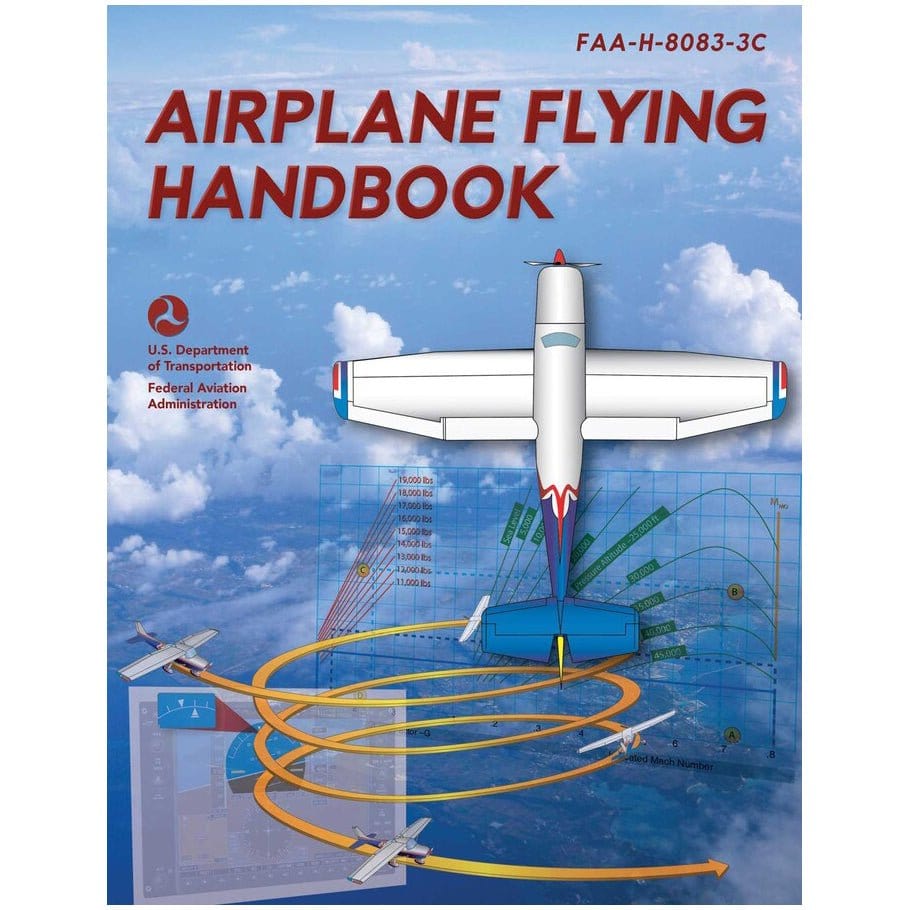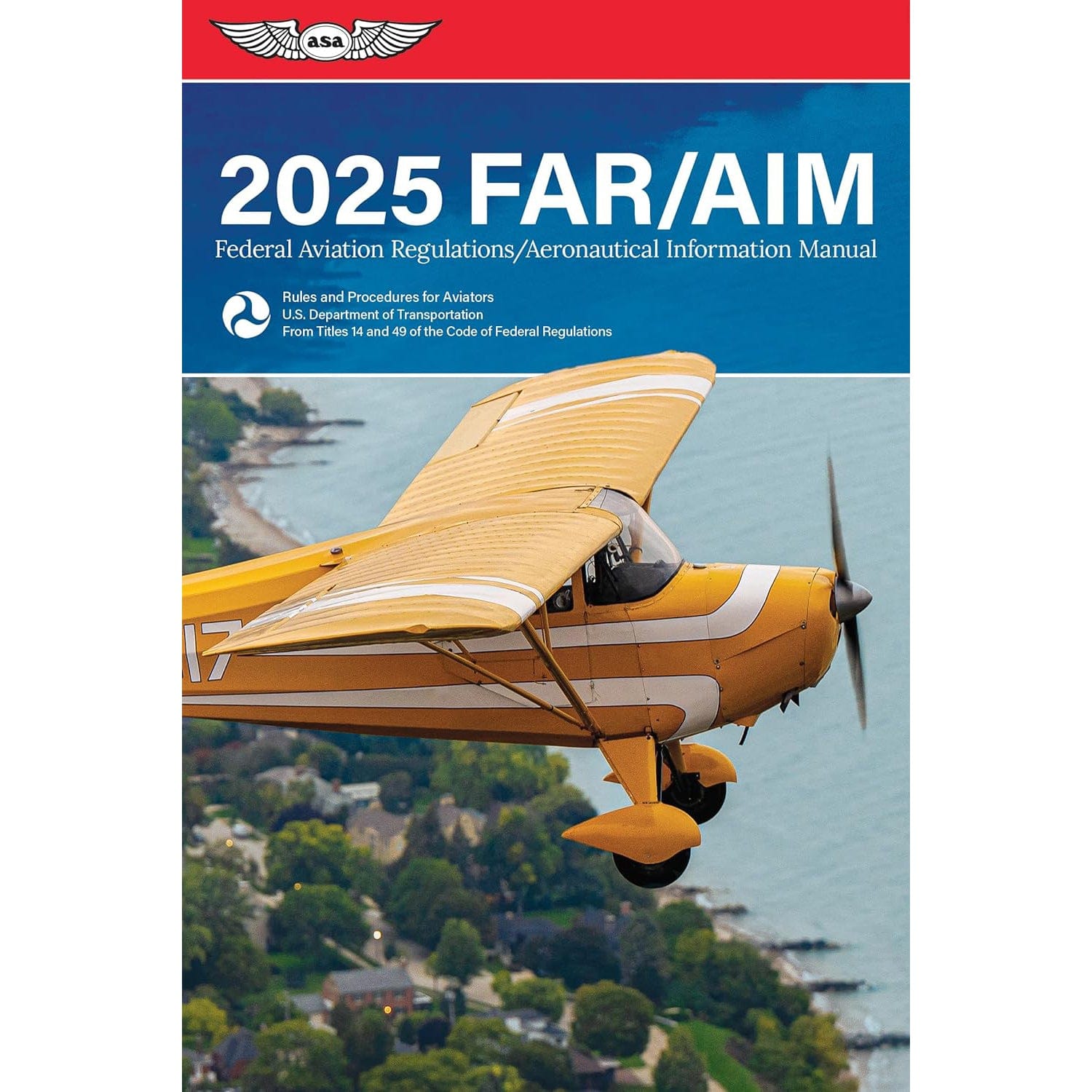Bernoulli’s Principle is important for many reasons; airplanes wouldn’t sail through the skies, carburetors wouldn’t deliver fuel as well, and your favorite soccer player’s iconic curve shot wouldn’t bend the way it does.
Bernoulli’s Principle is the cornerstone of how fluid dynamics shape the world we live in. Let’s take a look into this principle to understand why it matters so much both in and outside of aviation.
SUMMARY
-
Bernoulli’s Principle explains how changes in pressure and velocity in a fluid are interconnected.
-
It’s a foundational concept in understanding lift, a critical element of flight.
-
Everyday examples include carburetor function and the curve of a soccer ball.
-
Knowing Bernoulli’s Principle helps you understand airflow over aircraft wings.

What is Bernoulli’s Principle?
Bernoulli’s Principle is named after the Swiss mathematician Daniel Bernoulli who published his principle in 1738 in his book Hydrodynamics. It basically describes the relationship between pressure, velocity, and potential energy in a moving fluid.
This principle is the foundation of many real-world applications, all the way from aviation to industrial processes.
What is Bernoulli's Principle in Simple Terms?
In really simple terms, Bernoulli’s Principle explains that when a fluid (like air or water) moves faster (fluid flow), it creates less pressure. Easy right?
Another way to understand Bernoulli’s principle is through Newton’s second law of motion. When fluid flows from high pressure to low pressure, the higher pressure behind the fluid pushes it forward, speeding it up. This creates the balance that Bernoulli's principle describes.

What is the Bernoulli Effect?
This is a really common question, but it isn't exactly right; the term “Bernoulli Effect” is often used informally to describe the practical outcomes or phenomena explained by Bernoulli's Principle.
Fluid Dynamics in Action When fluid moves through a constriction, like maybe a narrowing pipe, its velocity increases while its pressure decreases.
This phenomenon, known as the Venturi effect, and it is a tangible demonstration of Bernoulli’s Principle.
A Relatable Analogy: Picture water flowing through a garden hose. When you place your thumb partially over the nozzle, the water speeds up and sprays farther. This happens because the pressure in the narrower opening decreases. This is a great way for you to really not just visualize, but demonstrate this principle to someone else.
Everyday Examples of Bernoulli’s Principle
-
Paper Lift Experiment: Blow over a piece of paper, and it lifts due to lower pressure above it.
-
Carburetor Function: Bernoulli’s Principle allows fuel and air to mix for combustion.
-
Soccer Ball Curve: Spinning a soccer ball creates pressure difference, causing it to curve mid-flight.

Bernoulli’s Principle in Aviation
Let's talk about air as a "fluid" and how it applies to aviation.
You might possibly feel confused when you hear air described as a “fluid”. The word itself makes you think of liquid.
Just like other gases, air acts as a fluid because it can conform to the shape of its container. Unlike solids, fluids have low resistance when subjected to stress, which is determined by their viscosity - the measure of how easily a fluid can flow.
As with liquids in containers, fluids are able to move and fill any available space. Even though air is less dense than liquids, it still displays these qualities. Knowing that air behaves like a fluid is important for the principles behind flight.
One of the most important applications of Bernoulli’s Principle is in aviation, usually in generating lift for an aircraft.
Lift occurs because the shape of an airplane wing, or airfoil, causes air to travel faster over the top surface than underneath. This speed difference results in lower pressure above the wing and higher pressure below, creating an upward force.

How It Works in Aviation
An airfoil is specifically shaped to generate lift as air moves past it. Air reacts differently under varying pressures and speeds, but for pilots, the focus is on how airfoils—like wings—are designed to create lift.
A closer look at a typical airfoil cross-section reveals key features.
The upper surface of the airfoil has a more pronounced curve, or camber, compared to the flatter lower surface.
This difference in curvature helps lift production. The airfoil’s ends have distinct shapes: the rounded leading edge faces forward during flight, while the trailing edge tapers to a narrow point. These design elements work together to influence how air flows around the airfoil.
-
Airfoil Design: The curved upper surface of a wing increases air velocity, reducing pressure.
-
Pressure Difference: This imbalance generates lift, counteracting gravity.
-
Efficiency and Safety: Engineers optimize wing designs based on Bernoulli’s Principle to enhance performance and ensure stability.
Misconceptions About Lift
It’s a common myth that lift is solely due to Bernoulli’s Principle. It's true that it definitely has a significant factor, but Newton’s Third Law (action and reaction forces) also is involved. Together, these principles provide the full knowledge of how aircraft both can achieve and sustain flight.
Applications Beyond Aviation
Bernoulli’s Principle isn’t limited to just flying either. Its influence extends across various fields.
Weather Systems
The principle helps explain tornado formation, where rapidly rotating air creates low-pressure zones that intensify the storm.
Industrial Processes
Venturi meters, which measure the fluid flow rate, rely on pressure differences described by the principle.
Medical Applications
Venturi masks, used in oxygen therapy, utilize this principle to regulate airflow and deliver precise oxygen levels to patients.

Frequently Asked Questions
-
What is the Bernoulli principle of airflow? It describes the inverse relationship between pressure and velocity in a moving fluid flow.
-
How does Bernoulli’s Principle explain lift? Faster air over a wing reduces pressure, creating an upward force.
-
Can you provide a simple example of the Bernoulli effect? Blowing over a piece of paper causes it to lift due to lower pressure above it.
-
What are the limitations of Bernoulli’s Principle? It doesn’t account for all forces, such as friction or turbulence.
-
How does Bernoulli’s Principle apply to non-aviation fields? It’s used in weather analysis, industrial design, and medical devices.
-
What is the relationship between Bernoulli’s Principle and turbulence? Turbulence disrupts the smooth flow of fluids, reducing the predictability of pressure and velocity changes.
Takeaway
What makes Bernoulli's Principle so cool is its simplicity and how it explains so many fascinating real-world phenomena. It connects speed and pressure in a moving fluid, and this simple relationship unlocks a deeper comprehension of how things work in our everyday lives.
Here are some reasons why it’s so intriguing:
-
It makes planes fly.
-
It’s everywhere around us.
-
It’s ingeniously simple.
-
It explains nature’s mysteries.
-
It bridges both science and engineering.
This principle is interesting because it takes a simple idea and applies it to some of the most exciting and important aspects of life. Keep learning and growing in knowledge!
Interested in More Aviation Science?
Our guides are designed to help!
-
Airfoil Camber: Its Affect On Aerodynamics How it Generates Lift
-
How Gliders Work: What Keeps Them In The Air (Complete Guide)
Did you find this article helpful?
Do you think we missed an important interview question? Let us know in the comments below!







